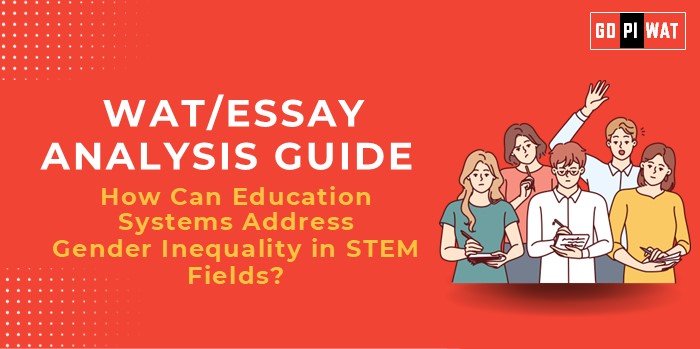📚 How Can Education Systems Address Gender Inequality in STEM Fields?
🌟 Introduction
“While women constitute nearly half of the global population, their representation in STEM fields remains disproportionately low. This disparity highlights a critical challenge to achieving innovation and economic progress. Addressing gender inequality in STEM requires educational systems to lead the way with targeted reforms.”
📈 Quick Facts and Key Statistics
- 👩🔬 Global Representation: Women hold only 28% of STEM jobs worldwide (UNESCO, 2023).
- 🏫 STEM Graduates: In India, only 13% of engineering graduates are women despite a growing education system.
- 🎓 Impactful Initiatives: Programs like Vigyan Jyoti have significantly increased female participation in STEM education.
🏆 Achievements
- 📜 Policy Reforms: Vigyan Jyoti in India promotes STEM careers for girls through scholarships and mentorships.
- 🌍 Global Models: Sweden’s gender-inclusive education policies ensure near-equal representation in STEM fields.
- 🤝 Corporate Partnerships: U.S.-based companies collaborate with schools to offer STEM scholarships for women.
⚠️ Challenges
- 🛑 Cultural Biases: Societal expectations often discourage girls from pursuing STEM careers.
- 📉 Dropout Rates: Women in STEM often leave due to hostile academic or workplace environments.
- ⚙️ Workplace Inequities: Limited mentorship and leadership opportunities for women in STEM industries.
🌍 Global Comparisons
- 🇸🇪 Sweden: Gender-balanced STEM curriculums backed by government funding.
- 🇮🇳 India: Emerging programs like Vigyan Jyoti, but cultural barriers persist.
🔮 Future Outlook
Emerging technologies like AI and robotics offer opportunities to democratize STEM education. Governments must expand policies encouraging diversity, while schools should integrate gender sensitivity into their curriculums. Public-private partnerships can further drive progress through scholarships and mentorship programs.
💡 Recommendations
- 📚 Curriculum Reforms: Integrate gender-sensitive teaching practices and STEM exposure at early education levels.
- 🤝 Mentorship Programs: Pair female students with industry leaders to foster long-term engagement in STEM fields.
- 🏛️ Policy Support: Governments should subsidize STEM programs for women and mandate workplace diversity initiatives.
⚖️ Balanced Perspective
While global efforts to address gender inequality in STEM are encouraging, sustained progress requires systemic changes in education, policy, and societal attitudes. By combining targeted reforms with international best practices, education systems can play a pivotal role in empowering women in STEM.


